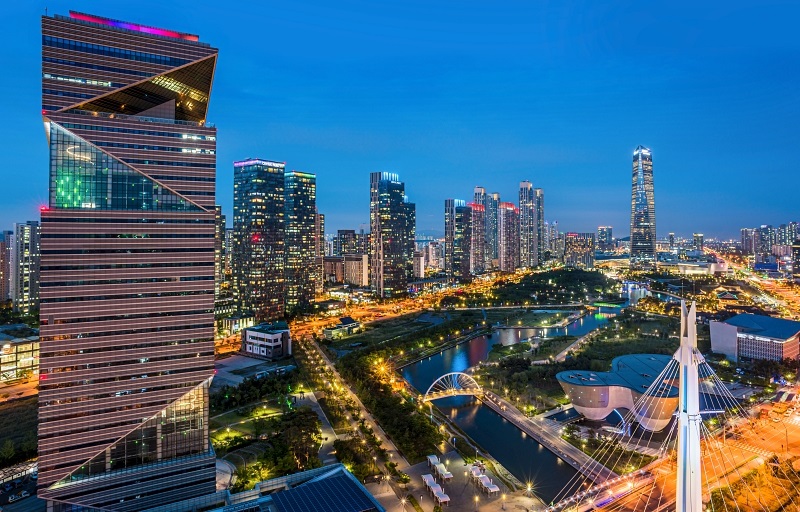
세계은행이 ‘중진국의 함정’을 극복한 대표 사례로 한국 경제를 지목했다. The World Bank has hailed Korea as a “standout economy” in overcoming the “middle-income trap.”
세계은행은 1일(현지 시간) 이같은 내용을 담은 ‘중진국의 함정’을 주제로 한 2024 세계개발보고를 공개했다. 중진국의 함정은 개발도상국이 중진국에 진입한 후 고소득 국가로 발전하지 못하고 성장이 정체되는 현상을 의미한다.
The Washington-based bank said this on Aug. 1 in its World Development Report 2024 on the trap. The middle-income trap is a phenomenon when a developing economy sees growth stagnate after reaching middle-income status and fails to attain the level of high income.
보고서는 “한국의 1인당 국민소득은 지난 1960년대 1200달러 이하였지만 지난해엔 약 3만 3000달러를 기록했다” 며 “한국이 ‘성장의 슈퍼스타’이며 모든 중진국 정책 입안자들이 반드시 숙지해야 할 필독서”라고 설명했다.
The report said, “In 1960, (Korea’s) per capita income stood at just $1,200. By end of 2023, that number had climbed to $33,000.” Calling Korea a “growth superstar,” it added, “Korea’s remarkable transformation from a postconflict country in the 1950s to an economy powered by the infusion of ideas from abroad to one that is transitioning to innovation at the global frontiers of technology makes its economic history required reading for policy makers in any middle-income country.”
세계은행은 중진국 함정 극복을 위해 투자, 기술 도입, 혁신 등 ‘3i 전략’이 필요하다고 강조하면서 한국의 경제 발전사가 그의 최적 경로와 부합한다고 평가했다.
Emphasizing the “3i strategy” of investment, infusion and innovation to overcome the trap, the report said, “South Korea is a standout example in all three phases of the 3i strategy.”
세계은행은 한국이 금융시장 개방 및 외국 자본 유치 등으로 인프라 투자를 확대했으며 해외 기술의 도입 및 연구개발(R&D), 교육 등 적극적인 투자를 통해 효과적으로 생산성을 높였다고 설명했다.
Korea expanded investment in infrastructure by opening its financial market and attracting foreign capital, it added, and raised productivity through aggressive investment in areas like introduction of foreign technology, research and development, and education.
1997년 외환위기를 계기로 금융과 재벌을 개혁해 시장 담합과 지배력 집중을 완화하는 등 경쟁 시장을 조성하고, 국내 벤처 기업을 육성하는 등 위기를 기회로 전환했다고 언급했다.
The report said the 1997-98 Asian financial crisis offered the opportunity to transform the situation into opportunity by reforming finance and conglomerates, alleviating market collusion and concentration of power, giving rise to a competitive market and developing domestic venture companies.
보고서는 한국이 지난 1950년대에 의무 교육 시행부터 예산 투입 등 교육 투자를 강화하고 여성 노동 참여율을 높인 것이 성공 비결이라고 분석했다. 그러면서 “한국이 25년 만에 이룬 성과를 오늘날 중진국이 50년 만에 달성하는 것도 기적”이라고 평가했다.
Saying the secrets to the country’s success were higher investment in education through budget allocation and compulsory schooling in the 1950s and rising female participation in the labor force, it added, “It would be a miracle if today’s middle-income economies manage to do in 50 years what Korea did in just 25.”
에스라 모함메드 기자 ess8@korea.kr
By Israa Mohamed, ess8@korea.kr
